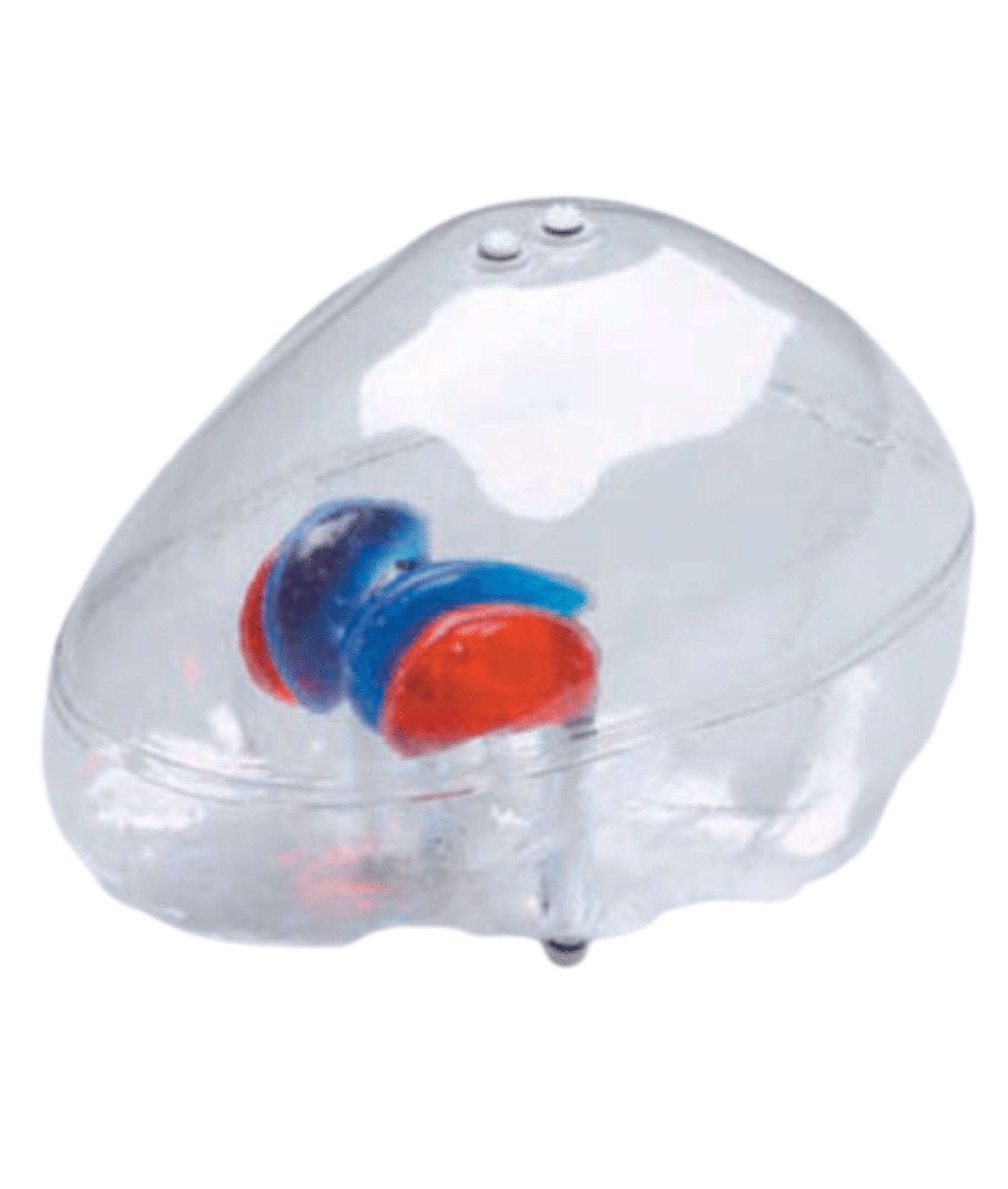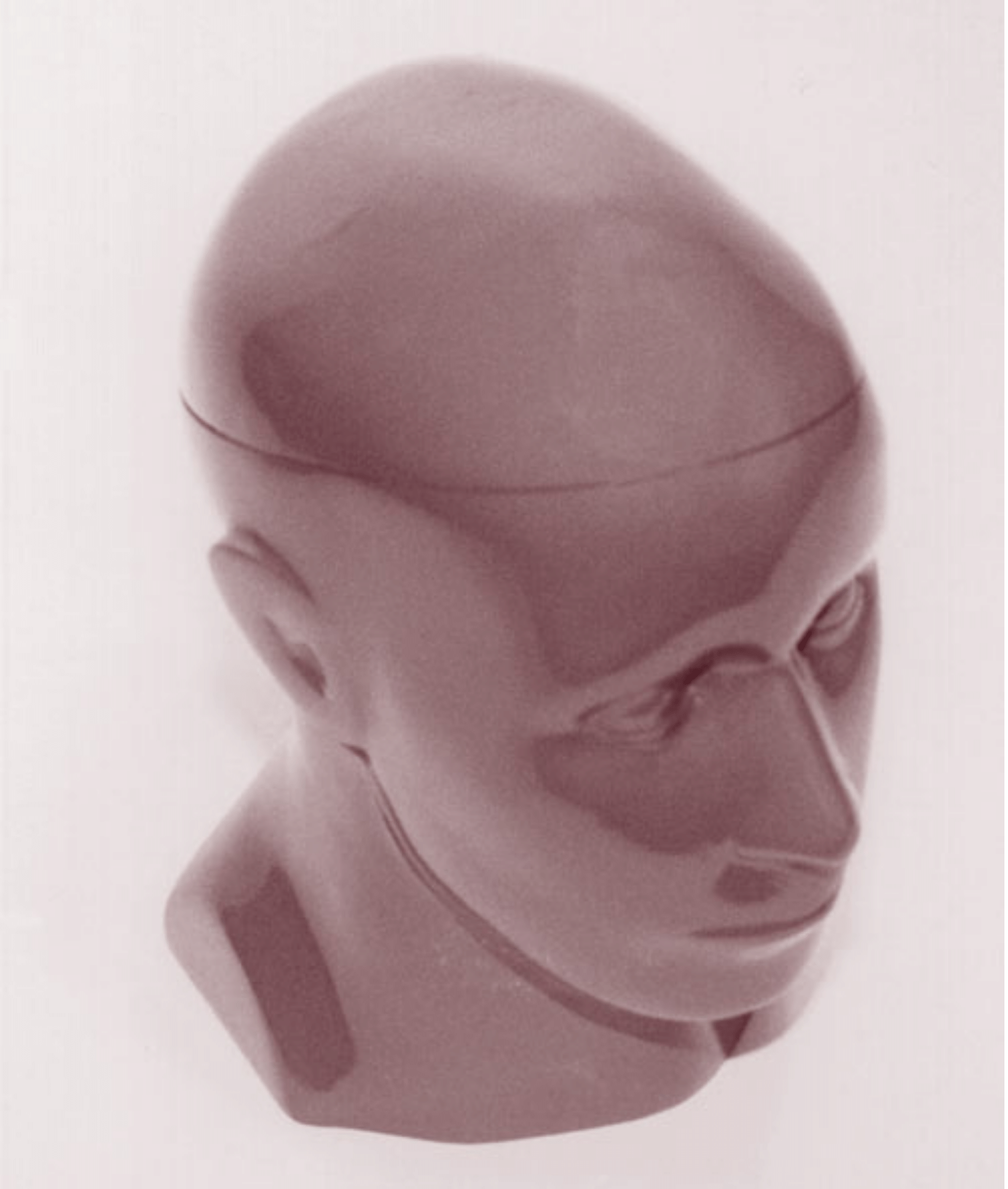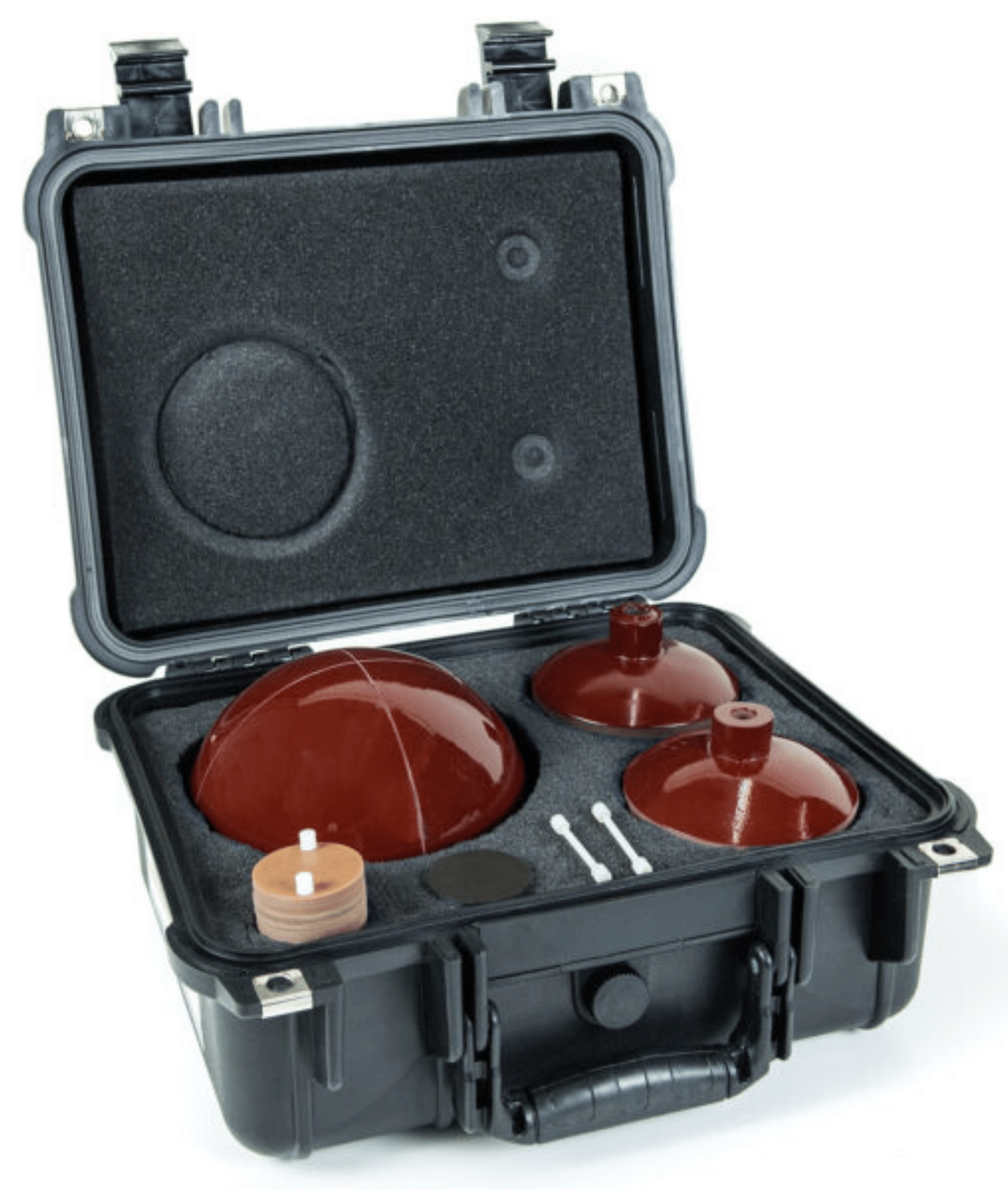Description
The organs of interest are the lungs, liver and lymph nodes. Each of these may be radioactive or inert. These organs are accommodated in a male thorax generally similar to average adult males.
This phantom contains a synthetic bone skeleton molded within a soft-tissue-equivalent material. The organs are located in an internal cavity with a separate torso cover that closes the phantom. Anterior sections of ribs and the sternum are molded into this cover.
Soft-tissue-equivalent blocks are used to position the organs and fill significant air spaces, providing continuity of the soft tissues throughout the phantom. The phantom is shipped assembled with inert organs. Any or all of these organs can be replaced with radioactive organs, which are shipped in separate packages.
Organs
All organs are made of soft-tissue equivalent materials. Lungs are available with nuclides uniformly dispersed throughout the lung molding material. Optional organs (developed by RSD and not part of the original DOE specifications) are inert but have holes in 2cm2 grids. These either can be filled with inert plugs or with active capsules to establish any desired distribution within the lungs.The liver has the same loading flexibility with an additional option designed for use with solutions having relatively short half-lives. This liver is a hollow shell with a fill/drain port.
If the liver is not required, it may be replaced with the Abdominal Contents, which are also available with a hole matrix, or active.
Lymph nodes are available as hollow shells or as active packets. Two are 8 mm in diameter by 17 mm long. A third is 13 mm in diameter by 25 mm long. They are positioned in recesses molded in a lymph node block.
Chest Overlay Plates
Transuranic emissions from individuals with varying amounts of muscle and/or adipose tissue may be so attenuated as to be undetectable. Chest overlay plates were developed to ensure the validity of in vivo counting of such individuals.There are three sets of plates, each in four graded thicknesses. One set is equivalent to 87% adipose and 13% muscle, another is equivalent to 50% adipose and 50% muscle, and the third is equivalent to 100% muscle. Plates of each material and/or each thickness are available separately.
Targets
Three sets of concentric circles are drawn in permanent black ink over the torso cover and over each chest overlay plate. They range in 1 in. increments from 1 in. to 5 in. in diameter, with a 5.5 in. diameter outer circle. One set of circles is placed over each lung region, with the outer circle tangent to the inferior aspect of the clavicle and protruding over the sternum. The third set is placed over the liver.A 2cm2 grid is projected in red ink over most of the chest surface by the same technique that is used for the circles. All targets are consistent among all phantoms.
Isotopes
RSD routinely manufactures active organs with isotopes to suit users’ needs. Active capsules to fit into the gridded holes are available, or empty capsules can be supplied to be filled by the user.
RSD usually supplies the required isotopes, but users may furnish them if so desired.
Isotopes are most often received as calibrated solutions, traceable to the NIST. Organ loading is controlled by micropipetting aliquots from the calibrated solutions. Uraniums and plutoniums are traceable to the NIST by mass. Other isotopes are usually traceable by activity.
Some isotopes are manufactured only at intervals throughout the year, so delivery is subject to availability. In some cases, calibration costs from governmental sources are subject to wide fluctuations.
Applications
- Calibration standard for the quantitation of in vivo radioactivity
- Detector calibration for photons deposited in human organs
- In vivo counting of emissions from various isotopes
- Organ bioassays for various isotopes


































